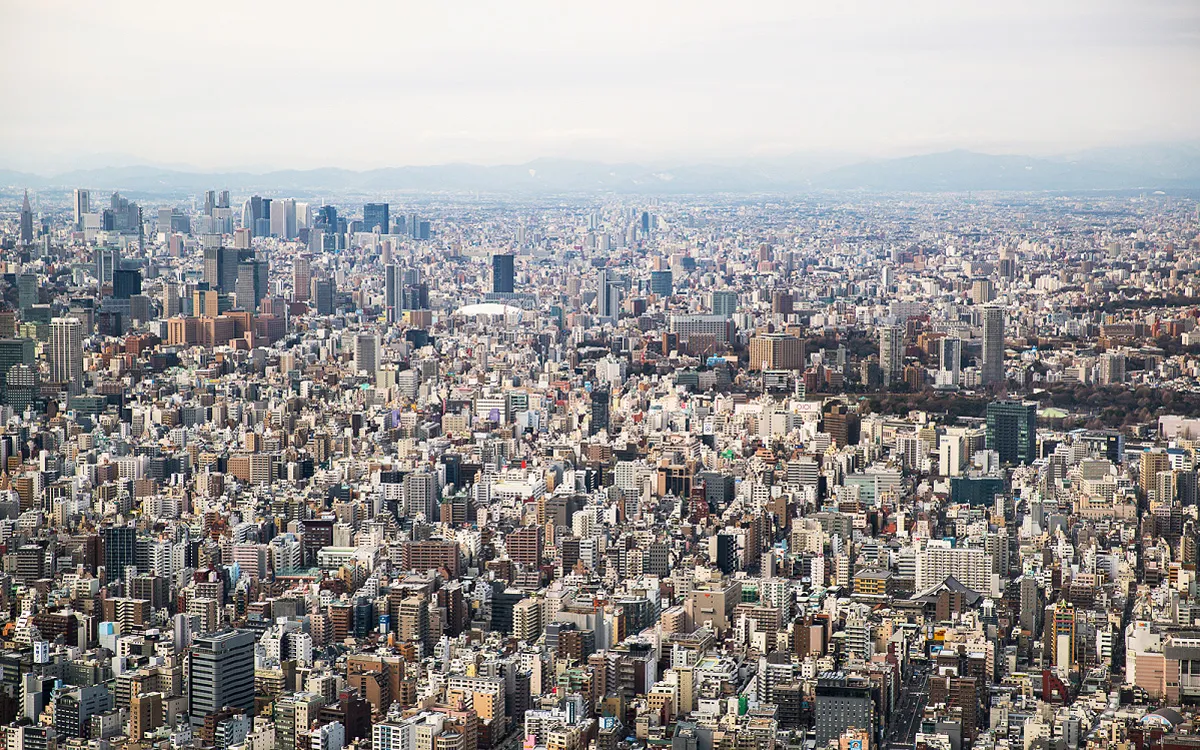Over 50% of the world total population(7.3 billion) are living in urban areas, it is estimated that by the year 2030 5 billion people will be living in cities. Urbanization is common in both developed and developing nations as people tend to move to towns and cities to acquire the benefits of social and economic services.
Urbanization refers to the population shift from rural to urban areas, "the gradual increase in the proportion of people living in urban areas", and the ways in which each society adapts to the change. It is predominantly the process by which towns and cities are formed and become larger as more people begin living and working in central areas.
Credit
People migrate to cities and towns because they see rural areas as places with hardship, as people tend to move towards these cities and towns the immediate outcome will be urbanization. This leads to the transformation of land use into residential buildings, recreational facilities, commercial buildings, transport facilities e.t.c.
According to UNFPA, urbanization has the potential to usher in a new era of well-being, resource efficiency and economic growth. But cities are also home to high concentrations of poverty. Nowhere is the rise of inequality clearer than in urban areas, where wealthy communities coexist alongside, and separate from, slums and informal settlements.
Causes of Urbanization
There are numerous factor that causes urbanization, some of which are:
- Recreational Facilities: in towns and cities there are provisions for recreational facilities such as, parks, stadium, play ground, stadiums e.t.c. Because of these facilities people tend to move towards urban centers.
- Industialization: Industrialization and urbanization are closely linked because most industries are located in urban areas, where they can get the skilled and unskilled labour force required. Individuals hoping to leave rural/agrarian way of life for improve standard of living migrate to urban areas.
- Health Care Facilities: Advance medical facilities such as, Hospitals, laboratory, pharmacy e.t.c are mostly built in urban centers, people seeking medical help are forced to move towards cities where they can get the medical attention needed.
- Employment opportunity: in urban areas there are many job opportunity which make people to leave the rural area to get better livelihood in towns and cities.
Effect of Urbanization
- Housing problems: Due to influx of population into urban centers there is tendency for scarcity of accommodation.
- Overcrowding: Overcrowding is a situation where by a large number of individuals live in a small space. As people migrate into urban centers in search of better life congestion is bound to happen.
- Slums development: because of lack of housing and high cost of living in cities, illegal temporary shelters are erected. This slums have bad living conditions example is the Nairobi slum.
- Pressure on Utilities and Infrastructures: The congestion in urban areas lead to the over utilization of public utilities and infrastructures such as, road, parks, train/subway,hospitals. The pressure on these facilities leads to their dilapidation.
Solution - Population control must be adopted to reduce the high rate of population growths
- Adequate infrastructure are to be provided to prevent their frequent breaking down.
- More houses should be constructed and also homeless shelters.
- Proper town planning should be carried out to prevent congestion
Conclusion
We can't prevent urbanization from taking place, but we can achieve a sustainable urbanization by averting the problems attached to it.
You can also check out my other post on sustainable development.
- https://steemit.com/steemstem/@donfelix/sustainable-development-5-deforestation
- https://steemit.com/earthnation/@donfelix/sustainble-development-4-water-sustainabilty
- https://steemit.com/earthnation/@donfelix/sustainable-development-3-carrying-capcity
- https://steemit.com/earthnation/@donfelix/sustainable-development-2-the-spheres-of-sustainable-development
- https://steemit.com/steemstem/@donfelix/sustainable-development-1-introduction
